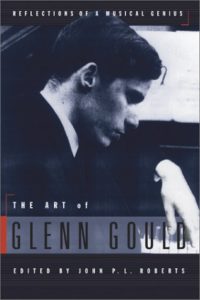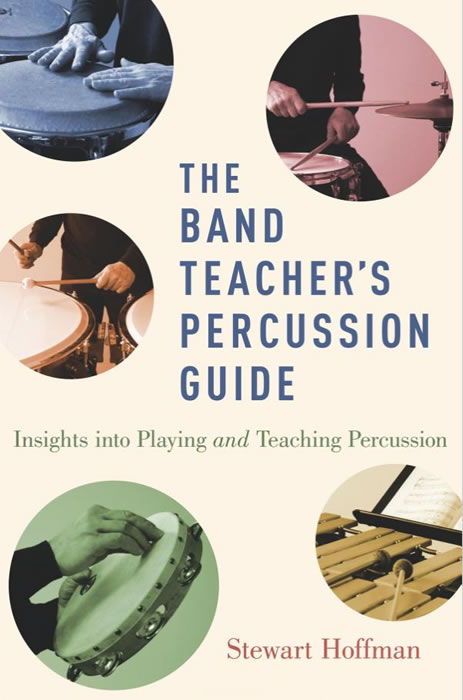Playing to Perplex
(Book Review: The Art of Glenn Gould)
 The National Post, 18 December 1999
The National Post, 18 December 1999
By Stewart Hoffman
“Gould is no doubt best thought of as a musical experimenter and a popular educator,” writes editor John P. L. Roberts in his introduction to The Art of Glenn Gould: Reflections of a Musical Genius.
So that’s it? It seems like faint praise for the pianist whose sensational 1955 recording of Bach’s Goldberg Variations revolutionized the way people played and thought about Bach. For the legions of fans who believe Gould to be one of the towering pianists of the century, Roberts’ low voltage profile reads more than a little flat.
But Roberts’ words are not intended to be a definitive statement. Rather, they’re an invitation to Gould’s detractors – of which there remain many – to appreciate Gould’s work from a different perspective, to more clearly understand, and perhaps be more forgiving of the great man’s less successful musical efforts. He might also be addressing those who question whether Gould’s controversial offerings were presented in the spirit of sincere musical inquiry or as a result of some sort of perverse ego trip.
The Art of Glenn Gould is a collection of 45 interviews, scripts, liner notes, essays and lectures by Gould. Roberts serves as narrator throughout, contextualizing each piece and preparing the reader for Gould’s more rarefied offerings. They were friends for more than 25 years, and worked together professionally through Roberts’ varied career at the CBC, which included four years as head of radio music in the ‘70s. In spite of the close relationship, Roberts wins your trust early on, pointing out Gould’s musical misfires along with the successes.
As one might expect, the collected texts range from the casual to the intellectually demanding. The interviews generally occupy the lighter end of the rhetorical spectrum, where the breezy (“I am not fond of going to concerts – except my own, of course, which I attend religiously”) mingles with the theoretical (“I don’t think Stravinsky was a pioneer, except in certain rather limited ways.”)
There are some choice essays about Bach, the man Gould deems, not surprisingly “the greatest musician who ever lived,” along with Gould’s thoughts on composers and artists ranging from Beethoven to Schoenberg, from Karajan to Sviatoslav Richter, who was still unknown in the West at the time Gould met him in Russia.
Glenn Gould at his best is compelling reading. His lecture, “Forgery and Imitation in the Creative Process”, in particular, stands out, leaving readers to ponder the methods by which our society arrives at a measure of artistic worth. Of far less interest, however, are Gould’s views on the demise of the concert experience, along with the misguided notion that the listener, through technological advances in home audio equipment, will begin to function as a composer.
Especially mystifying about Gould was the peculiar satisfaction he got from performing music with which he had no particular affinity – and doing it his way with a vengeance. What could he have been thinking when, in the script prepared for a national CBC radio broadcast of Beethoven’s Hammerklavier Sonata, he likens the work to “an harmonically enriched Hanon exercise,” labels the music “unapproachable” and for a closer, adds: “This performance . . . marks my first attempt at the Hammerklavier – and it may well be my last.” That it was forever retired from Gould’s repertoire may have seemed, to many listeners, an act of mercy. Furthermore, in a 1981 interview for Britain’s Performance Magazine, he says that ten or twelve years earlier, “I did a broadcast of the Chopin B Minor Sonata. I did it just for the hell of it, turning it – just to annoy all my friends – into a total Teutonic experience.”
So what’s the point? Moreover – where’s the integrity? Plenty of grist for the anti-Gould mill here. It’s certainly a stark contrast to his CBC radio presentation on Orlando Gibbons. Gould claimed the16th century composer to be his favourite, and, as Roberts notes, the statement is baffling. Wouldn’t you expect Bach, the composer with whom Gould’s name is inextricably linked, to be the prime object of his affection? But the explanation Gould provides is disarming in its simplicity: “For about twenty-five years now,” he writes, “I’ve found more real happiness listening to the music of Gibbons than to that of any other composer.” Now that’s a compelling reason for an audience to stay in their seats – certainly preferable to being treated as guinea pigs to be sacrificed at the altar of musical experiment.
Yes, Gould was perplexing, and we will never really know what motivated the man. Clearly, some of his endeavours were performed with a nudge and a wink. Others are harder to explain. But what astonishes on reading these texts is that, as a “popular educator”, he was able to demand so much from his audience. Surely many of his ideas and allusions, as well as the musical terminology with which he peppered his broadcasts, must have left all but the most musically informed choking in the intellectual dust. You wonder how he got away with it, but get away with it he did, and in doing so he was able to raise musical discourse to a level that we have not seen since his death in 1982.
And isn’t this achievement – along with a recorded legacy that often thrills, occasionally fails, but always, like his essays, invites the listener to think – what Glenn Gould’s detractors should remember him for?
(Book Review: The Art of Glenn Gould)


